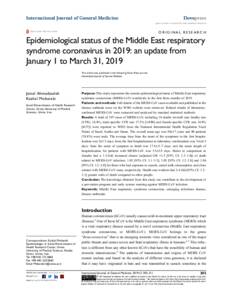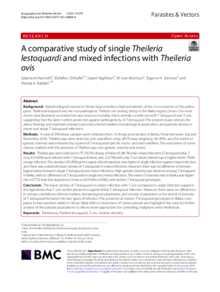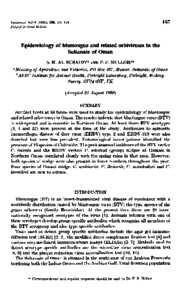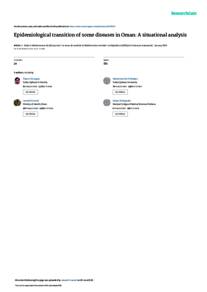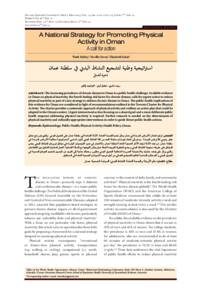وثيقة
Epidemiology of diabetic retinopathy in Oman : two decades of research.
المعرف
DOI: 10.4103/0974-620X.149853
المساهمون
Al-Lawati, J. A., مؤلف
الناشر
Wolters Kluwer Medknow Publications.
ميلادي
2015-09
اللغة
الأنجليزية
الملخص الإنجليزي
In 2013, 382 million people had diabetes worldwide. This number is expected to increase to 592 million by 2035.[1] In Oman, the prevalence of diabetes mellitus (DM) was reported to be 12.3% in the population aged 18 years and above.[2] Applying this figure to the adult population on Oman would indicate that there were 112,000 diabetics at the beginning of 2014.[3] The increase in the prevalence of DM and the increase in life expectancy of people with diabetes will result in a significant increase in visual disability due to the ocular complications of diabetes. Currently, the National Diabetes Register in Oman has 80,000 patients with diabetes. Based on World Health Organization (WHO) recommendations, these individuals will require a yearly assessment or screening for diabetic retinopathy (DR).[4] Given that the range of DR prevalence reported for Oman is between (14.5% and 42.2%, there are between 16,000 and 47,000 cases of DR throughout the country.[5,6] Of these, nearly 10% (1,600–4,700 cases) have sight-threatening diabetic retinopathy (STDR) requiring laser and/or intravitreal injections of anti-angiogenic factors for treating proliferative diabetic retinopathy and diabetic macular edema. Annual screenings for DR for all individuals with DM would likely come at the expense of compromising other eye care services or at result in lower quality at point of ophthalmic care. To ease the burden of work, some have recommended training allied eye care professionals to perform retinal photography, grading, and assessment through telemedicine after linking regional referral hospital with a major Tertiary Ophthalmic Care Hospital.
المجموعة
ISSN
0974-620X
URL المصدر
قالب العنصر
مقالات الدوريات


